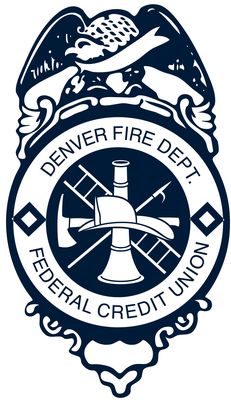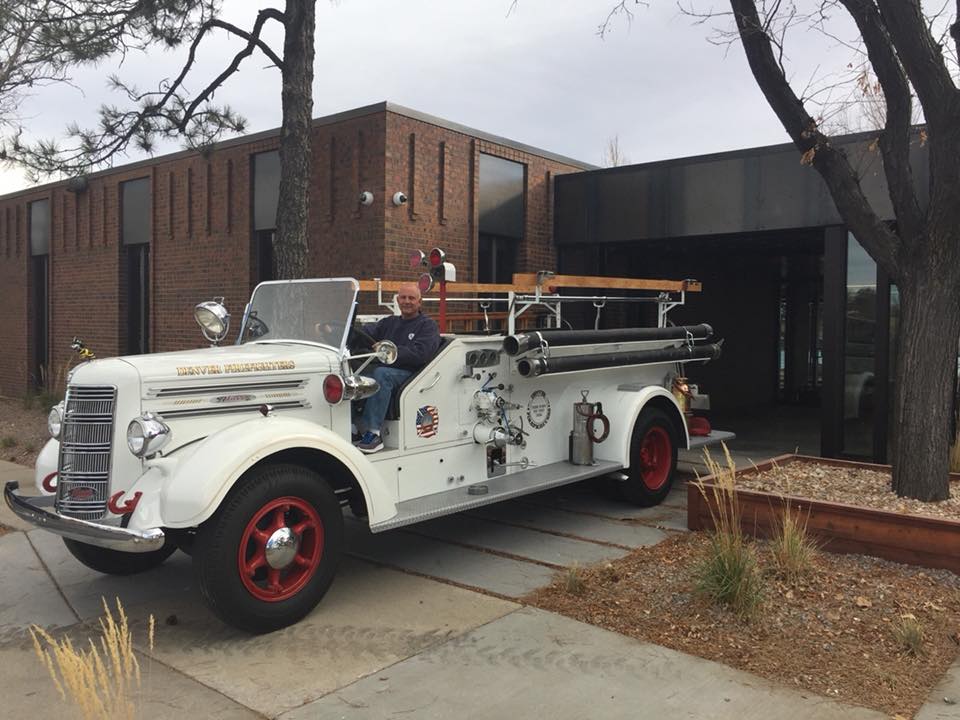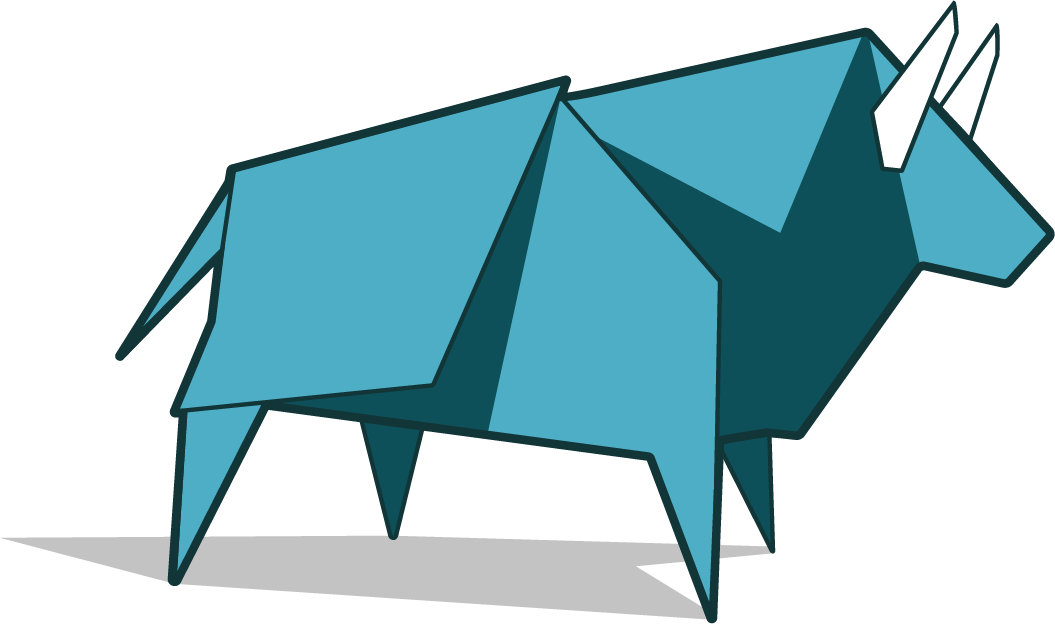
By Alicia Disantis, Marketing Program Manager
There are 12,942 financial institutions in the United States, and Denver Fire Department FCU (DFDFCU) was just ranked the healthiest. Yes, they are the single heathiest financial institution in the nation, which was announced by Lending Tree in April. What an incredible achievement! I sat down with DFDFCU CEO Michael Kerr to learn how his credit union got there.
 Funny thing is, no one told DFDFCU CEO Michael Kerr the news. The press release went out, the media picked it up, and it was all over the web. He had no idea.
Funny thing is, no one told DFDFCU CEO Michael Kerr the news. The press release went out, the media picked it up, and it was all over the web. He had no idea.
“No one notified you beforehand?” I asked in awe. Kerr laughed. “Days later we found out from The Denver Business Journal. We had already heard from others who had stumbled on the article long before we heard from the publisher!” When you are presented with a ranking such as this, you’d think you’d be notified. Well, take note from Kerr. You might not be.
Among other statistics, the credit union boasts an A+ healthy rating and current top annual percentage yield (APY) of 2.02 percent. “A small credit union of our asset size needs to remain extremely focused on creating efficiencies and economies of scale to compete against larger banks and credit unions,” says Kerr. $151M Denver Fire Department has one location in Denver and a membership base of 5,600. “We rarely are provided the opportunity to see how we compare regionally or nationally. This announcement gave us the confirmation of remaining true to our business model.”
I asked Kerr how DFDFCU got here. “We realized success for over 80 years due to our consistent business model, volunteer leadership, and our commitment to our membership. Our business model has always been focused on safety and soundness. The focus includes not always chasing after the latest fad but consistently making ALM based decisions that are focused on a sound, long-term financial position,” said Kerr. The healthiest ranking was based on a variety of ratios and statistics, including:
• Texas ratio: determined by comparing the total value of at-risk loans to the total value of funds the bank or credit union has on-hand to cover those loans.
• Deposit growth: based on when people put money in the bank or credit union.
• Capitalization: determined by a direct calculation of an institution’s assets minus its liabilities.
“It’s also important to note, our organization would have never received this recognition without the hard work and dedication of our prior CEO Mark Lau. Mark, and our volunteer leadership team, built the strong balance sheet that helps to drive our financial success.”
 “Our volunteers stay diligent to this business model including ensuring expenses remain in control, all the while never forgetting service to our membership is priority 1A after ensuring the organization is financially safe and sound.” Kerr continued to stress how important the membership is to being successful. “The most successful CEOs I’ve ever worked with/for believed the credit union was the members’ credit union, not their own. Along the same line, the CEOs and credit unions that I’ve seen struggle – always forget the credit union is for the members, not them or the management team,” said Kerr gravely.
“Our volunteers stay diligent to this business model including ensuring expenses remain in control, all the while never forgetting service to our membership is priority 1A after ensuring the organization is financially safe and sound.” Kerr continued to stress how important the membership is to being successful. “The most successful CEOs I’ve ever worked with/for believed the credit union was the members’ credit union, not their own. Along the same line, the CEOs and credit unions that I’ve seen struggle – always forget the credit union is for the members, not them or the management team,” said Kerr gravely.
I was curious to know who helped Kerr in his journey to become a successful CEO. Kerr responded without hesitation. “Darrick Weeks, COO at Wright-Patt Credit Union in Ohio, has had the most influence on me and how I try to lead an organization. His mentorship over the years has helped me to build my abilities regarding strategic leadership, organizational development, and ethically leading a business towards success. Most importantly, he taught me to always focus on how we can make banking with DFDFCU easy for our membership, which becomes ever more important as we compete with Fintech firms who are reshaping how we deliver products and services to our members.” “Wow,” I thought. Kerr answered that question without delay. I must find out who this Derrick Weeks is! So I emailed him.
A short time later, I received a hearty response from Weeks. “What I like most about Kerr is his internal drive of continual improvement and development of not only himself, but his employees and the organization itself. In short, he is a lifelong learner and doesn’t like to see the paint dry, meaning he flat out gets things done to the benefit of members, employees and the credit union. In fact, one of his most common questions is ‘how can I do better’, or ‘what can I do different?’” said Weeks.
“Personally I remind myself – Never try to be better than somebody else, but never cease trying to be the best you can be. You have control over that. Not the other. The same rings true for our organization,” said Kerr, referencing a quote from the famous John Wooden.
What advice did Kerr have for credit unions? This question proved to be more difficult to obtain. “Providing advice would mean that we have all the answers – which we don’t, so no advice from me,” said Kerr. “But my article!” I stammered.

Maybe he felt bad for me, because he then explained, “We do know that we can’t be all things to all people (we know what firefighters want and need, and ensure that we’re good at meeting those wants and needs), we don’t sacrifice safety and soundness for growth, we recognize income needs to grow as the cost of doing business grows, but we’re not afraid of sacrificing some short-term revenue for long-term safety. We excel at efficiency because our operations model was created to do more with less human resources. We strategically outsource functions, we hire individuals that are energized by job descriptions with global duties, and we leverage technology as a service driver.”
In closing, Kerr remarked, “I’m not successful, nor is DFDFCU successful, without the hard work and dedication of our team—I can leave tomorrow and we will still be successful, but if my team leaves tomorrow, and our volunteers leave tomorrow – we won’t succeed.”
A huge congratulations to DFDFCU! The power and strength of credit unions continues to amaze me.




